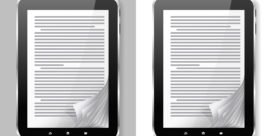Promising: Trending college model sees boost in student success
Hinds (Miss.) Community College is now a world without lost backpacks, forgotten textbooks, or misplaced notes, fostering a culture that encourages constant learning, even when class isn’t in…









